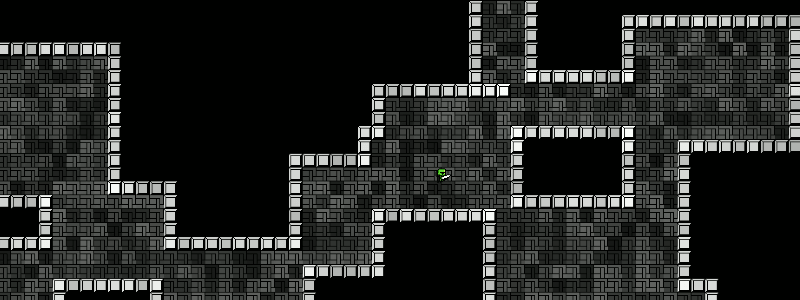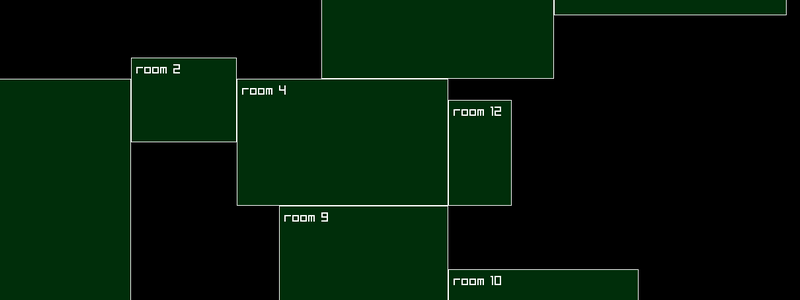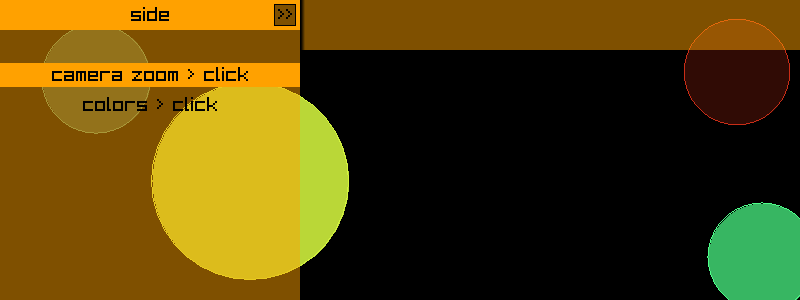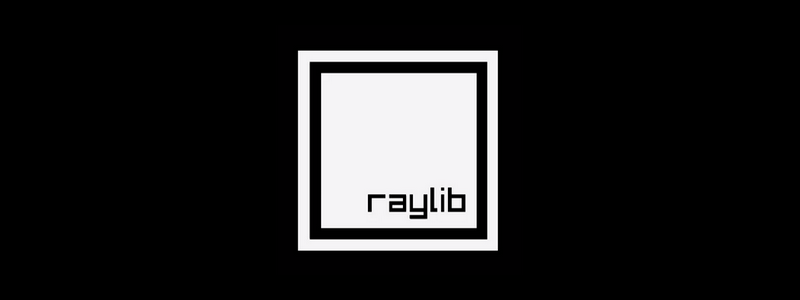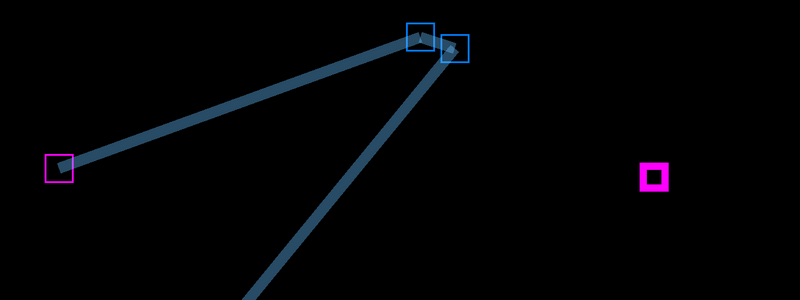Text Center & Scroll > 2D
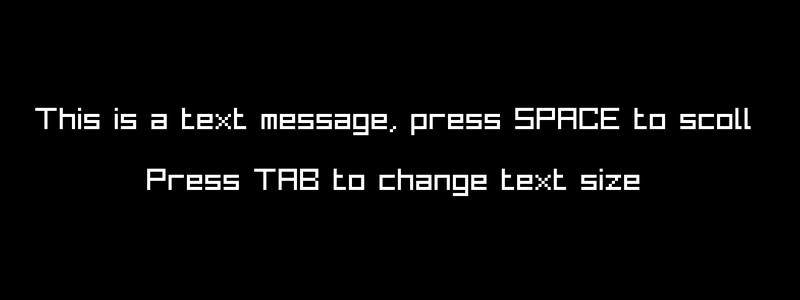
Contents
Text Center & Scroll Up & Scroll Left/Right
Demonstrates centering of text at different sizes, moving of two different texts left and right across screen as well as up. View on Github
Before you start
I am a self taught Go programmer and do it as a hobby, the code below is my own interpretation of how to do something, probably not the only way or the best way. This is intended as a resource to learn some basic Raylib and Go game dev skills. If you want to use any of the code anywhere else, feel free to do so.
Code
package main
import (
rl "github.com/gen2brain/raylib-go/raylib"
)
/* MORE RAYLIB GO EXAMPLES ARE AVAILABLE HERE:
https://github.com/unklnik/raylib-go-more-examples
*/
var (
cntr rl.Vector2 // SCREEN CENTER
txtsizes = []int32{10, 20, 30, 40, 50} // FONT SIZES SLICE INT32
currentSize = 2 // SET CURRENT SIZE
txtMoveState int // STATE OF MOTION
txtx, txty, txt2x, txt2y int32 // X & Y POSITIONS OF TEXT
txt, txt2 string // TXT STRINGS
)
func main() {
rl.InitWindow(0, 0, "text center & scroll - raylib go - https://github.com/unklnik/raylib-go-more-examples")
scrW, scrH := rl.GetScreenWidth(), rl.GetScreenHeight() // GET SCREEN SIZES
rl.SetWindowSize(scrW, scrH) // SET WINDOW SIZE
//rl.ToggleFullscreen() // UNCOMMENT IF YOU HAVE DISPLAY ISSUES WITH OVERLAPPING WINDOW BARS
cntr = rl.NewVector2(float32(scrW/2), float32(scrH/2)) // SET SCREEN CENTER
makeTXT() // SEE FUNCTION END OF CODE
camera := rl.Camera2D{} // DEFINES THE CAMERA
camera.Zoom = 1.0 //SETS CAMERA ZOOM
rl.SetTargetFPS(60) // NUMBER OF FRAMES DRAWN IN A SECOND
for !rl.WindowShouldClose() {
if rl.IsKeyPressed(rl.KeyTab) { // CHANGES TEXT SIZE
currentSize++
if currentSize == len(txtsizes) { // REACH END OF SLICE RETURN TO ZERO
currentSize = 0
}
makeTXT()
}
if rl.IsKeyPressed(rl.KeySpace) { // CHANGE MOVE STATE
txtMoveState++
if txtMoveState > 2 { // REACH END OF MOVE STATES RETURN TO ZERO
txtMoveState = 0
makeTXT()
}
}
switch txtMoveState {
case 2: //UP
txty -= 4 // -Y VALUE MOVES UP
// Y LESS THAN ZERO (TOP OF SCREEN) RETURN TO BOTTOM (SCREEN HEIGHT)
if txty < 0 {
txty = int32(scrH)
}
txt2y -= 4
if txt2y < 0 {
txt2y = int32(scrH)
}
case 1: // RIGHT LEFT
txtx += 4 // MOVE TOP TEXT RIGHT
txtlen := rl.MeasureText(txt, txtsizes[currentSize]) // MEASURES LENGTH OF TEXT
// X LARGER THAN SCREEN WIDTH RETURN TO ZERO - TEXT LENGTH
if txtx > int32(scrW) {
txtx = -txtlen
}
txt2x -= 4 // MOVE BOTTOM TEXT LEFT
txtlen = rl.MeasureText(txt2, txtsizes[currentSize])
if txt2x+txtlen < 0 { // X SMALLER THAN ZERO MOVE TO SCREEN WIDTH + TEXT LENGTH
txt2x = int32(scrW) + txtlen
}
}
rl.BeginDrawing()
rl.ClearBackground(rl.Black)
rl.BeginMode2D(camera)
rl.DrawText(txt, txtx, txty, txtsizes[currentSize], rl.White) // DRAW TOP TEXT
rl.DrawText(txt2, txt2x, txt2y, txtsizes[currentSize], rl.White) // DRAW BOTTOM TEXT
rl.EndMode2D()
rl.EndDrawing()
}
rl.CloseWindow()
}
func makeTXT() {
txt = "This is a text message, press SPACE to scoll"
txtlen := rl.MeasureText(txt, txtsizes[currentSize]) // MEASURES LENGTH OF TEXT
txtx = int32(cntr.X) - txtlen/2 // X = CENTER - HALF TEXT LENGTH > CENTERS TEXT
txty = int32(cntr.Y) - txtsizes[currentSize] // Y = CENTER - TEXT SIZE
txt2 = "Press TAB to change text size"
txtlen = rl.MeasureText(txt2, txtsizes[currentSize]) // MEASURES LENGTH OF TEXT
txt2x = int32(cntr.X) - txtlen/2
txt2y = int32(cntr.Y) + txtsizes[currentSize]
}
Video
Want to give it a Go?
To start making games with Go and Raylib you will need:
- Go - https://go.dev/
- TDM-GCC - https://jmeubank.github.io/tdm-gcc/
- Git - https://git-scm.com/downloads
- Go Bindings for Raylib - https://github.com/gen2brain/raylib-go
- Visual Studio Code - https://code.visualstudio.com/
You can, of course, use other code editors however VS Code is my own personal preference

